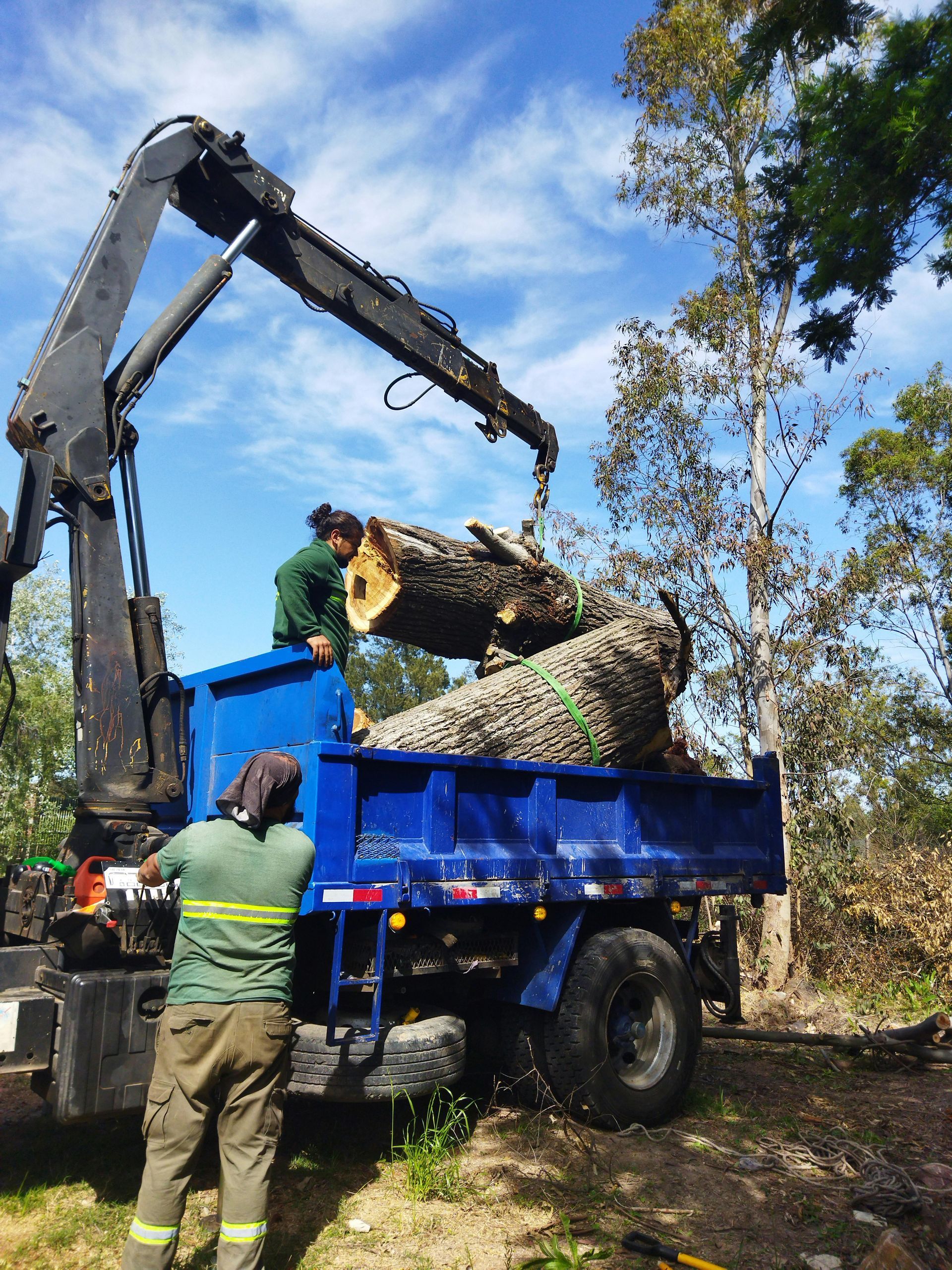Identifying Fast-Growing Trees with Aurora Tree Service
Many homeowners love the idea of a lush, mature landscape, complete with tall trees that offer shade, privacy, and curb appeal. While some trees take decades to reach their full potential, others grow with remarkable speed, transforming a bare yard into a green oasis in just a few years. These fast-growing trees are often planted for their quick results, but their rapid growth can also present unique challenges.
Do you have a tree that seems to shoot up overnight? You might have one of these vigorous growers in your yard. Understanding what type of tree you have is the first step toward proper care. At Aurora Tree Service, our experts can help you identify fast-growing trees, understand their specific needs, and create a maintenance plan that ensures they remain a beautiful and healthy asset to your property for years to come.
The Appeal of Fast-Growing Trees
Homeowners often choose fast-growing trees for several compelling reasons. Their ability to quickly establish themselves makes them a popular choice for new properties or for those looking to make a significant impact on their landscape in a short amount of time.
- Quick Shade: One of the most sought-after benefits is shade. A fast-growing shade tree can significantly cool your home and yard, reducing energy costs during hot summer months and creating comfortable outdoor living spaces.
- Natural Privacy: If you want to screen your yard from neighbors or a busy street, fast-growing trees can create a dense, living wall much faster than a traditional hedge. Their rapid growth provides seclusion and a sense of tranquility.
- Enhanced Curb Appeal: A yard with mature trees often has higher property value. Fast-growing trees can boost your home's aesthetic appeal quickly, adding structure, color, and life to your landscape.
While these benefits are attractive, the same rapid growth that makes these trees desirable also means they require regular attention to stay healthy, safe, and well-structured.
Top 5 Fast-Growing Trees Potentially in Your Yard
Many common landscape trees are chosen specifically for their growth rate. Our team at Aurora Tree Service frequently encounters these five varieties in local yards. Here’s how to start identifying them and what to expect from their growth.
1. Hybrid Poplar (Populus deltoides x Populus nigra)
If you have a tree that has grown astonishingly fast, there’s a good chance it’s a Hybrid Poplar. Known as one of the fastest-growing trees in North America, it can shoot up 5 to 8 feet per year, quickly reaching a mature height of 40 to 50 feet.
- How to Identify It: Look for a tall, straight trunk with a broad, pyramidal shape. The leaves are triangular or heart-shaped with a pointed tip and serrated edges. The bark on young trees is smooth and grayish-green, becoming darker and deeply furrowed with age.
- Aurora Tree Service Insight: While their growth is impressive, Hybrid Poplars have relatively soft wood and a shorter lifespan than many other hardwoods. This makes them susceptible to damage from wind, ice, and disease. Regular pruning is essential to develop a strong structure and remove weak branches before they become a hazard.
2. Weeping Willow (Salix babylonica)
The Weeping Willow is one of the most recognizable trees, famous for its dramatic, sweeping branches that drape toward the ground. It’s also a rapid grower, often adding 3 to 4 feet of height per year, especially when planted near a water source.
- How to Identify It: Its long, drooping branches are the most obvious feature. The leaves are long, narrow, and light green with a finely toothed edge. In early spring, fuzzy catkins appear along the stems.
- Aurora Tree Service Insight: Willows love water, but their aggressive, water-seeking roots can cause problems with sewer lines, septic systems, and foundations if planted too close to the home. Their branches can also be brittle. We can provide expert pruning to maintain their graceful shape while ensuring safety and structural integrity.
3. Silver Maple (Acer saccharinum)
The Silver Maple is a popular shade tree known for its rapid growth and beautiful foliage. It can grow 3 to 7 feet annually, quickly providing a dense canopy.
- How to Identify It: The leaves are the key identifier. They have five deep, pointed lobes with sharp, irregular teeth. The top surface is a light green, while the underside is a distinct silvery-white, which shimmers in the wind. The bark is smooth and gray on young trees, becoming shaggy and peeling with age.
- Aurora Tree Service Insight: Silver Maples are known for having weak wood and shallow root systems. The branches are prone to breaking in storms, and the roots can lift sidewalks and damage driveways. Our certified arborists can perform structural pruning to reduce risk and conduct root assessments to prevent property damage.
4. Red Maple (Acer rubrum)
Another fast-growing member of the maple family, the Red Maple is prized for its brilliant fall color. It typically grows 2 to 5 feet per year and is one of the most common deciduous trees in North America.
- How to Identify It: Look for leaves with three to five shallow lobes and serrated edges. As its name suggests, this tree has red features throughout the seasons—red flowers in spring, red leafstalks in summer, and vibrant red foliage in autumn.
- Aurora Tree Service Insight: Red Maples are adaptable to a wide range of soil conditions, making them a popular choice. However, they can develop circling roots that girdle the trunk if not planted correctly. Our team can assess the health of your Red Maple, check for girdling roots, and provide necessary care to ensure it thrives.
5. Northern Red Oak (Quercus rubra)
For those wanting a strong, sturdy, and fast-growing tree, the Northern Red Oak is an excellent choice. It grows about 2 feet per year, which is fast for an oak, and develops into a majestic and long-lived shade tree.
- How to Identify It: The leaves have 7 to 11 pointed lobes with bristly tips. Its acorns are large and round, sitting in a flat, saucer-like cap. The bark has distinctive smooth, silvery stripes running between rougher, darker ridges.
- How Aurora Tree Service Can Help: Oaks are generally strong, but they can be susceptible to certain pests and diseases like oak wilt. A professional health assessment from Aurora Tree Service can catch early signs of trouble. We also provide expert pruning to establish a strong central leader and scaffold branches, which is crucial for the tree’s long-term health and structure.
How Aurora Tree Service Helps You Manage Fast-Growing Trees
Identifying the tree in your yard is just the beginning. Proper, ongoing care is critical to harnessing the benefits of fast-growing trees while mitigating their risks. This is where the expertise of Aurora Tree Service becomes invaluable.
Expert Identification and Consultation
Not sure if that rapidly growing tree is a Silver Maple or a Red Maple? Our certified arborists can provide positive identification and give you a detailed understanding of its growth habits, potential size, and specific care requirements. We can help you understand what to expect and how to manage it effectively.
Professional Pruning and Shaping
Fast-growing trees require more frequent pruning than their slow-growing counterparts. Without it, they can develop weak branch structures, dense canopies prone to wind damage, and an unkempt appearance. Our team provides professional pruning services to:
- Establish a strong, safe structure.
- Remove dead, diseased, or weak branches.
- Thin the canopy to improve light penetration and air circulation.
- Manage the tree’s size and shape.
Health and Risk Assessments
We conduct comprehensive health assessments to check for signs of pests, diseases, and structural weaknesses. For fast-growing trees with brittle wood or aggressive root systems, a professional risk assessment is crucial to prevent property damage or personal injury.
Long-Term Care Plans
Our goal is to help your trees thrive for their entire lifespan. We can create a customized, long-term care plan that includes regular inspections, fertilization, and soil management to ensure your fast-growing trees remain a healthy and beautiful part of your landscape.
Partner with the Experts at Aurora Tree Service
Fast-growing trees can be a wonderful addition to any property, offering quick shade, privacy, and beauty. However, their rapid growth demands proactive and knowledgeable care. By partnering with Aurora Tree Service, you can be confident that your trees are getting the expert attention they need to flourish safely.
Do you have a tree that’s growing faster than you can keep up with? Contact Aurora Tree Service today. Our certified arborists are ready to help you identify your trees and provide the professional care needed to keep them healthy, safe, and beautiful for years to come.



